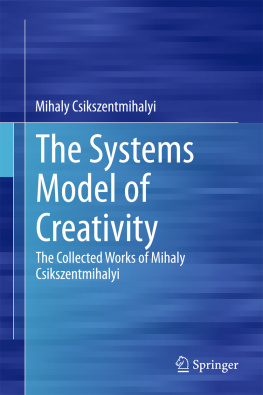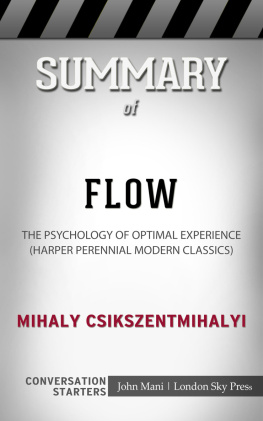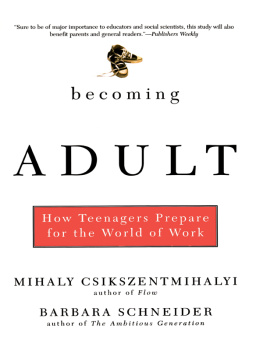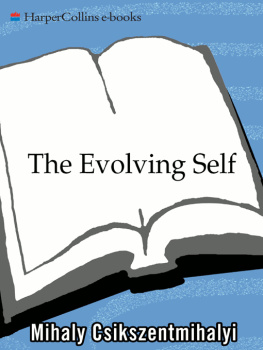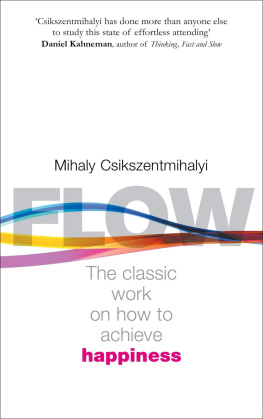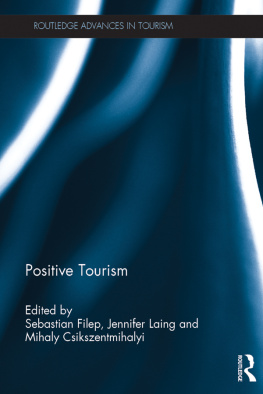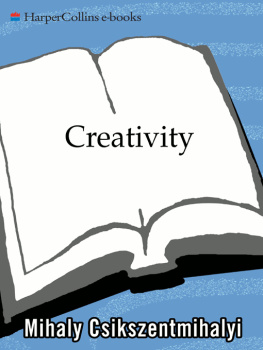1. Discovery-Oriented Behavior and the Originality of Creative Products: A Study with Artists
Reproduced with permission from the Journal of Personality and Social Psychology Copyright 1971, American Psychological Association.
Requests for reprints should be sent to Mihaly Csikszentmihalyi, Committee on Human Development, University of Chicago, Chicago, Illinois 60637, US.
In order to examine the significance of the problem-formulation stage of creative activity, 31 advanced art students were observed in a quasi-naturalistic setting of an art school while carrying out an assignment to produce a still-life drawing. Observations of discovery-oriented behavior were recorded for each subject from the time he began organizing the still-life objects until he completed the actual drawing. The finished art work was independently evaluated by an expert panel on three dimensions: overall value, originality, and craftsmanship. A positive relationship was found between discovery-oriented behavior at the problem-formulation stage and the originality (but not the craftsmanship) of the creative product. The study affirms the theoretical and empirical importance of the problem-formulation stage of the creative process and suggests a method for observing and analyzing behavior at this stage.
Despite much recent research on creativity, perhaps the most critical aspect of the problem has eluded systematic inquiry: the process of creative production itself. Although the literature contains numerous self-reports by people engaged in creative tasks (Arnheim ), the difficulties involved in obtaining reliable observations of such elusive phenomena have left us essentially without indicators of the relevant variables, to say nothing of empirical data, regarding the process of creative production.
The present report, part of a larger study of artistic creativity (Getzels and Csikszentmihalyi ), attempts to fill this lack by (a) delineating a theoretically derived set of behavioral variables for the observation and measurement of a creative process in a real-life setting and (b) examining the relation of these measures to the quality of the creative product. Although the study was limited to artistic creativity, it seems likely that the concepts and methods should yield useful results in other areas of creative endeavor as well.
Previous work in creativity has suggested the fruitfulness of a conceptual distinction between discovered problem situations and presented problem situations (Getzels ). Problem situations can be meaningfully distinguished in terms of how much of the problem is clearly given at the start, how much of the method for reaching a solution is already at hand, and how general the agreement is as to what constitutes a good solution. At one end of the continuum there are presented problems, that is, situations where the problem, the method, and the solution are already known, and the problem solver needs only adopt the correct procedural steps to arrive at the satisfactory solution. At the other end, there are discovered problems, that is, situations where the problem itself has not yet been formulated but must be identified and the appropriate method for reaching a solution and the nature of the satisfactory solution are unknown.
It would seem that creative work is the outcome of a more or less pure form of the discovered problem-solving process. Outstanding instances of creative achievement involve solutions to problems which were not even formulated as such, but first had to be identified as problems (Kuhn ):
The formulation of a problem is often more essential than its solution, which may he merely a matter of mathematical or experimental skill. To raise new questions, new possibilities, to regard old problems from a new angle, requires creative imagination and marks real advance in science [p. 92].
This appears to be the situation in art as well. The importance of discovering the problem in the creative problem-solving process has also been noted by Dewey ().
If the discovery of problems is central to the creative process, then a crucial dimension of creativity is the disposition of individuals to perceive problems as either discovered or presented. In a preceding interview study, differences between art students were observed in terms of their reported perception of the artistic task. This dispositional variable was tentatively identified as concern for discovery , and it was found to be significantly related to the originality of the solutions that the subjects produced (Csikszentmihalyi and Getzels ).
The present study was designed to answer the following question: Is discovery-oriented behavior in a real-life situation involving creative production related to the assessed creativity of the product?
The form of creative production observed was the completion of a drawing. The process of producing any work of art implies the same questions that any other problem-solving task does: What is to be done? How is it to be done? When is it completed? These questions can be approached either as discovered or presented. Furthermore, the manifest process of conceiving and executing a graphic work of art can be observed more easily than almost any other processes involving creativity; the steps in the process lend themselves readily to observation and analysis in terms of the discovery model; and the outcome of the process, that is, the finished work of art, can be assessed as to its creative value with reasonable reliability. In view of the theoretical considerations, it was expected that there would be a positive relationship between discovery-oriented behavior and the assessed creativity of the product.
Method
Subjects and Procedure
The sample consisted of 31 male juniors and seniors at one of the foremost art schools in the country. Although the subjects were all in school, some had already won prizes in competition with nonstudent artists, some were exhibiting their work regularly in public and private galleries, and some had won national scholarships; all had survived at least 3 highly competitive years in the art school at considerable financial and personal sacrifice.
Of the data collected in the larger studies (Getzels and Csikszentmihalyi ), three items are relevant to the questions raised in this paper. These are (a) an art work from each subject with a variable degree of creativity which could be assessed, (b) an assessment by well-known artist critics of the degree of creativity of the art work, and (c) a set of behavioral measures relating to discovery orientation taken while the subject was working on the artistic product.
Although Categories a and b above include the dependent variables of the present study and c contains the independent variables, for the purpose of greater clarity, it will be more expedient to describe the dependent variables first.
1. The creative product . Each of the 31 subjects was asked to produce a drawing in a studio of the art school under initially constant conditions. The conditions were as follows: Twenty-seven objects were placed on a table; among the objects were a small human figure, an antique book, a bunch of grapes, a polished gear shift, a floppy velvet hat, etc. Each subject was asked1 at a timeto set up on a second table in the same studio a composition that suited him with any of the available objects. He was then to work on a drawing until he felt that it was completed, using a variety of dry media that were also made available. No time limit was given. While the subjects were involved with their task, an observer was present with them in the studio, taking notes and photographs.

